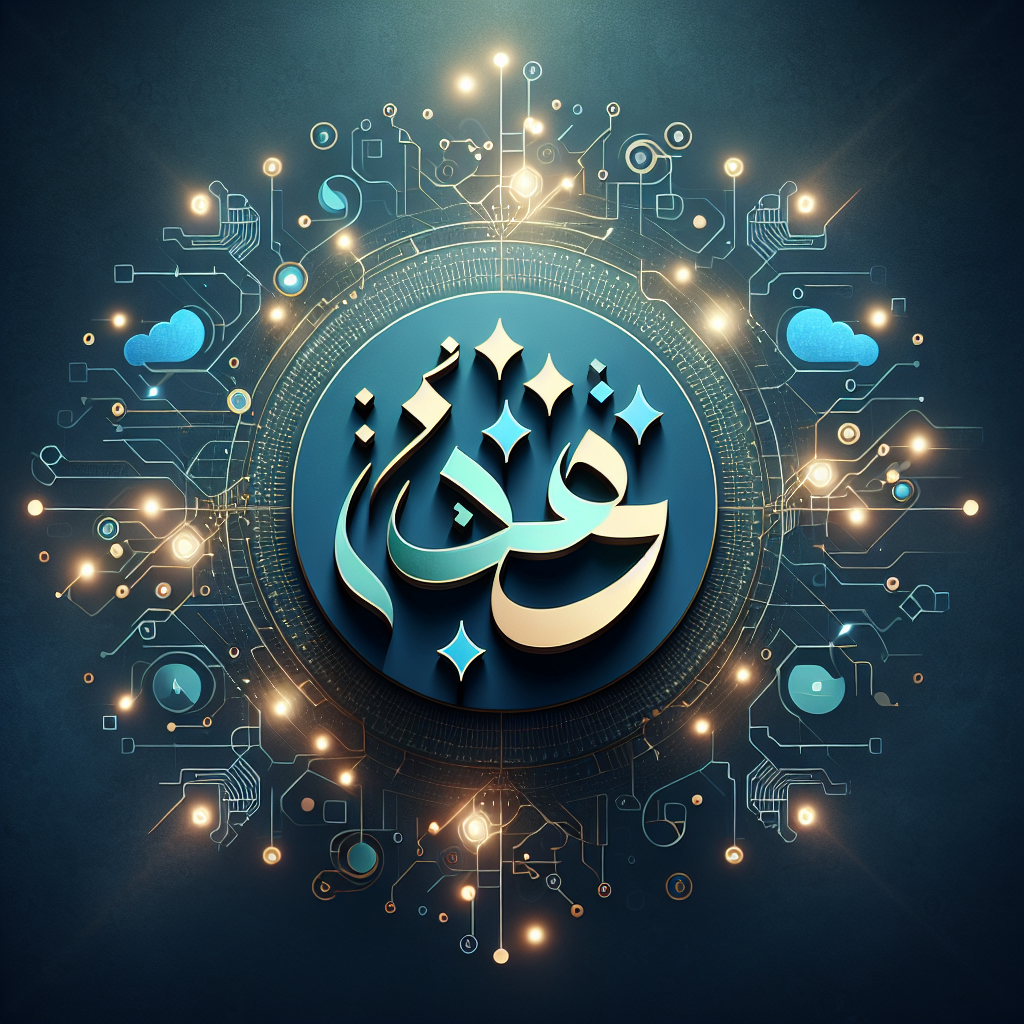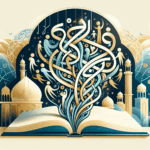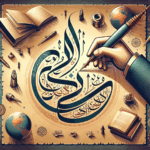The Arabic Alphabet and Its Place in Modern Digital Communication
In today’s fast-paced digital world, the ability to communicate effectively is more important than ever. With the ever-growing influence of the internet, understanding diverse alphabets like Arabic can open doors to new cultures and audiences. 🌍 But how exactly does the Arabic alphabet fit into digital communication today? Let’s dive in!
Table of Contents
1. Introduction to the Arabic Alphabet
2. Historical Significance and Evolution
3. Arabic Alphabet in Digital Communication
4. Challenges and Solutions
5. The Future of Arabic in Digital Platforms
6. Conclusion
7. FAQs
Introduction to the Arabic Alphabet
The Arabic alphabet is a beautiful and intricate script used by over 420 million people worldwide. It’s not just the script for the Arabic language but also serves as the writing system for several other languages, including Persian, Urdu, and Pashto. This script is written from right to left, which can be a fun challenge for those accustomed to left-to-right scripts like English.
Historical Significance and Evolution
The Arabic script has a rich history that dates back to the 4th century. It evolved from the Nabataean alphabet and has since become an integral part of Islamic art and culture. 📜 Over time, the script has adapted, leading to several styles such as Naskh and Kufic. These styles are not just artistically distinct but also serve various purposes in handwritten and print media.
Arabic Alphabet in Digital Communication
In the digital age, the Arabic alphabet has found its place in everything from social media posts to official documents. Platforms like Facebook, Twitter, and Instagram have integrated Arabic to cater to their vast user base. This inclusion not only promotes cultural diversity but also enhances user experience by allowing Arabic speakers to communicate in their native script.
Challenges and Solutions
Despite its integration, the Arabic alphabet faces challenges in the digital realm. One major issue is the lack of standardized Arabic fonts, which can lead to inconsistencies in text display. However, tech giants like Google and Microsoft are working tirelessly to develop more robust Arabic typefaces. Another challenge is the directionality of the script, which can complicate web design and text alignment. Yet, with advancing technology, these hurdles are gradually being overcome. 💡
The Future of Arabic in Digital Platforms
The future looks bright for the Arabic script in digital communication. As technology evolves, more platforms will likely enhance their support for Arabic, making it easier for users to engage with content in their native language. Moreover, the rise of AI and machine learning promises even more sophisticated tools for Arabic text processing and translation. 🚀
Conclusion
In conclusion, the Arabic alphabet is more than just a writing system; it’s a vital component of cultural identity and communication in the digital age. While there are challenges, the ongoing efforts to integrate Arabic into digital platforms demonstrate a commitment to embracing linguistic diversity. Whether you’re an Arabic speaker or simply curious about the script, there’s no denying its growing importance in global communication.
FAQs
1. Why is the Arabic alphabet important in digital communication?
It’s crucial for reaching and engaging with Arabic-speaking audiences, promoting cultural diversity, and enhancing user experience on digital platforms.
2. What challenges does the Arabic script face online?
Challenges include font inconsistencies, directionality issues, and limited support on some platforms. However, these are being addressed with ongoing technological advancements.
3. How is technology supporting the use of Arabic online?
Technology is enhancing Arabic text processing through improved fonts, AI-driven translation tools, and increased integration on major digital platforms.
4. Can learning the Arabic script benefit me?
Absolutely! Understanding the Arabic script can open up new opportunities for communication, business, and cultural exchange.
5. Are there resources to learn the Arabic alphabet?
Yes, there are numerous online courses, apps, and tutorials available that cater to beginners and advanced learners alike. 📚






